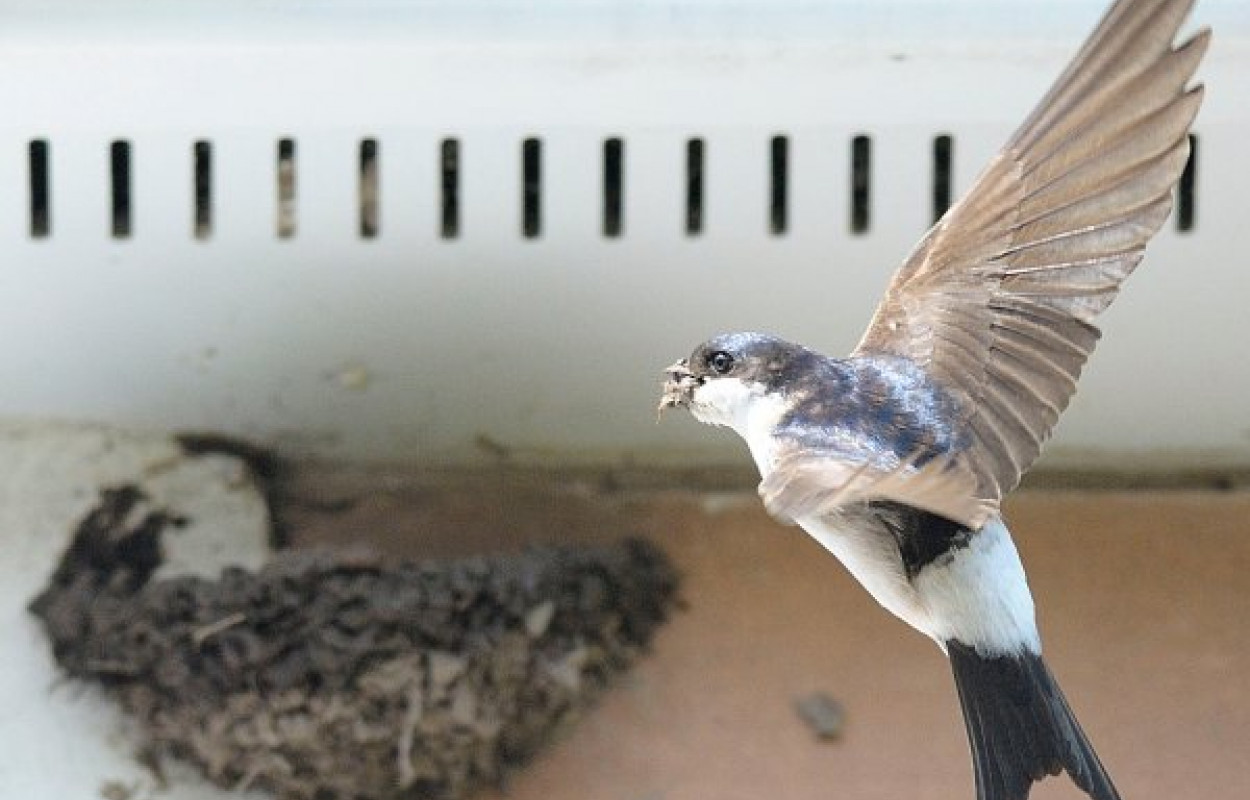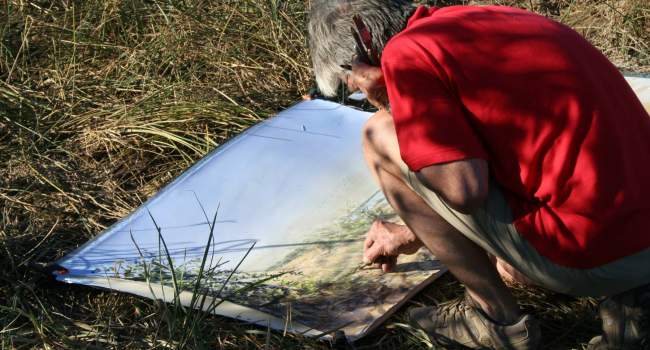Recent population declines in Afro-Palaearctic migratory birds: the influence of breeding and non-breeding seasons

Author(s): Morrison, C.A, Robinson, R.A., Clark, J.A., Risely, K. & Gill, J.A.
Published: January 2013
Journal: Diversity and Distributions Volume: 19 ( part 8 )
Digital Identifier No. (DOI): 10.1111/ddi.12084
Recent research (including by the BTO) on declines in Afro-Palaearctic migrants has primarily focussed on conditions in these species’ wintering grounds. However, population changes could also be influenced by factors operating during breeding and migration, as a new study by the BTO and UEA shows.
Scientists analysed data from the Breeding Bird Survey for 46 species of passerine and near-passerine, including residents, short-distance migrants (wintering in continental Europe) and long-distance migrants (wintering in the Arid and Humid Zones of Africa). Overall, they found that species breeding in Scotland are generally doing better than those in England, with several species either declining in England but increasing in Scotland, or increasing in England at a slower rate than in Scotland. These differences were especially stark in long-distance migrants, and in particular those that overwinter in the African Humid Zone, with species such as House Martin and Garden Warbler strongly increasing in number in Scotland only.
Taken together, these results illustrate how population trends can be affected by interactions between breeding season processes, wintering conditions, and the costs of making long migratory journeys. While many migrants may be facing increasingly tough conditions outside the UK, it is likely that these costs are being offset by better breeding conditions in Scotland than in England, which could be related to differences in land-use between the two countries (e.g. lower agricultural intensification in Scotland than in England). Further exploration of such geographical variation is essential to properly understand the demographic processes underpinning population trends of these migratory species, many of which are on the Birds of Conservation Concern Red List.







Share this page